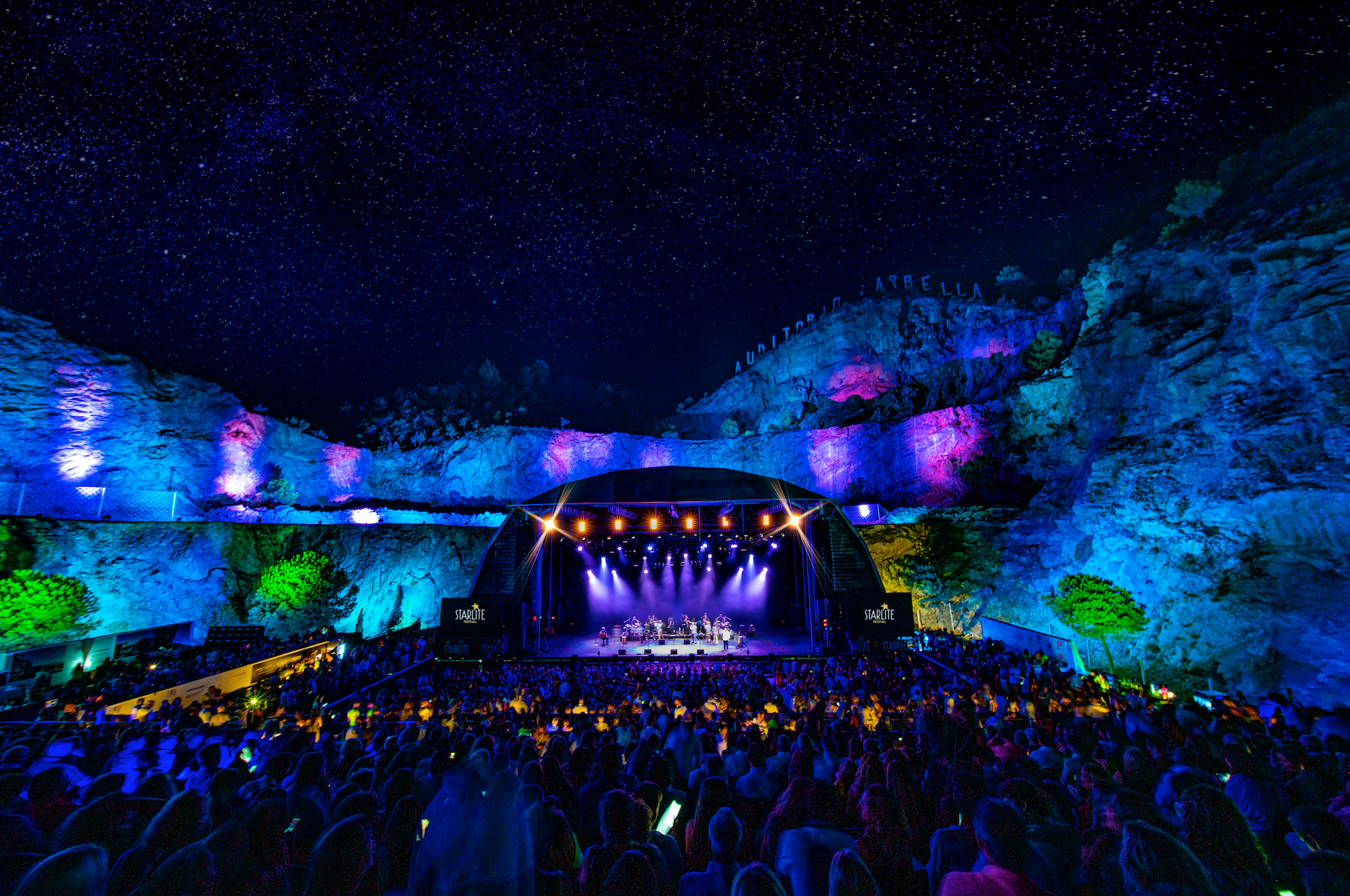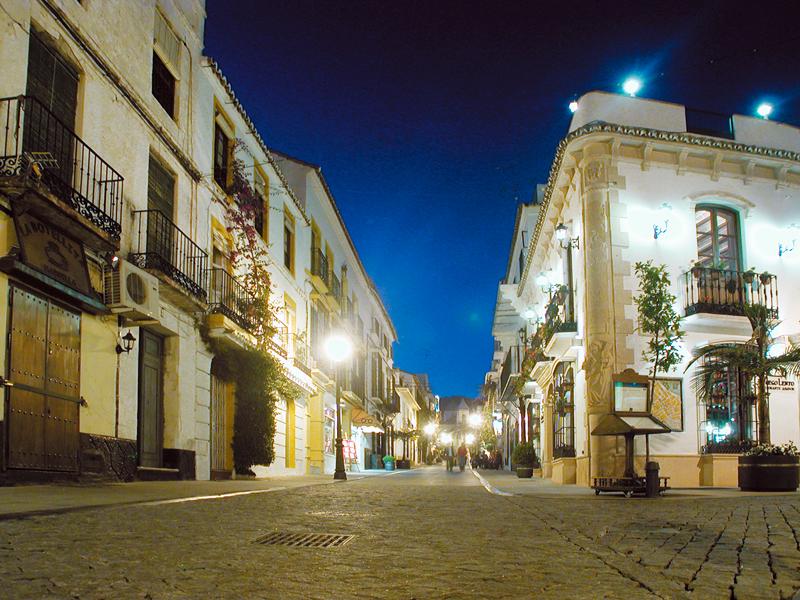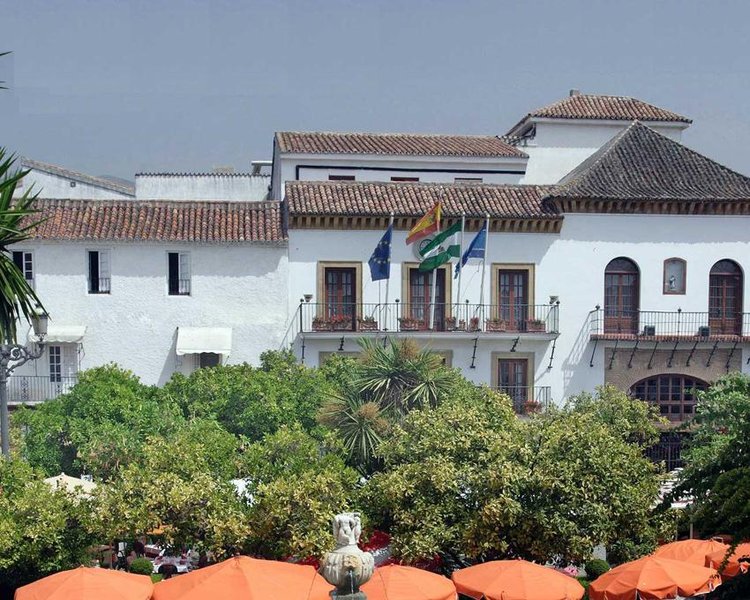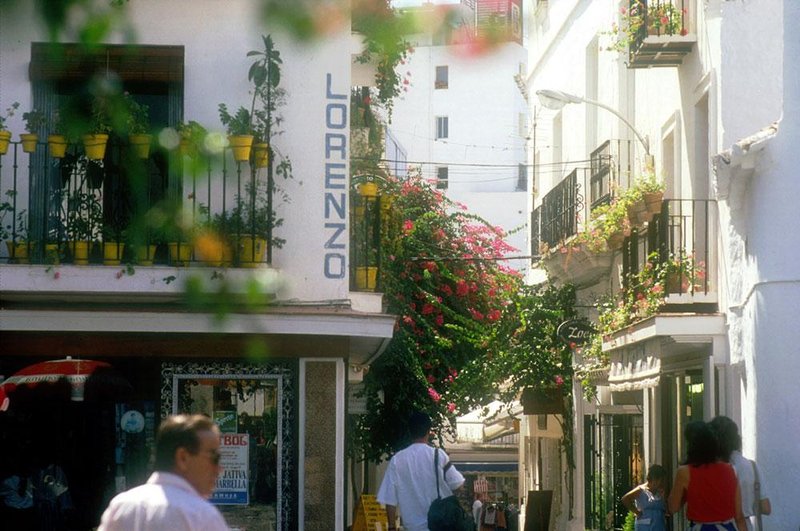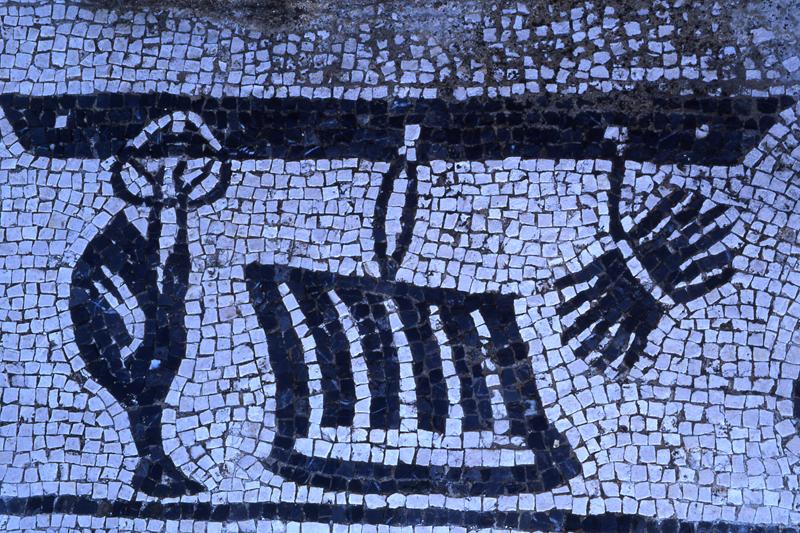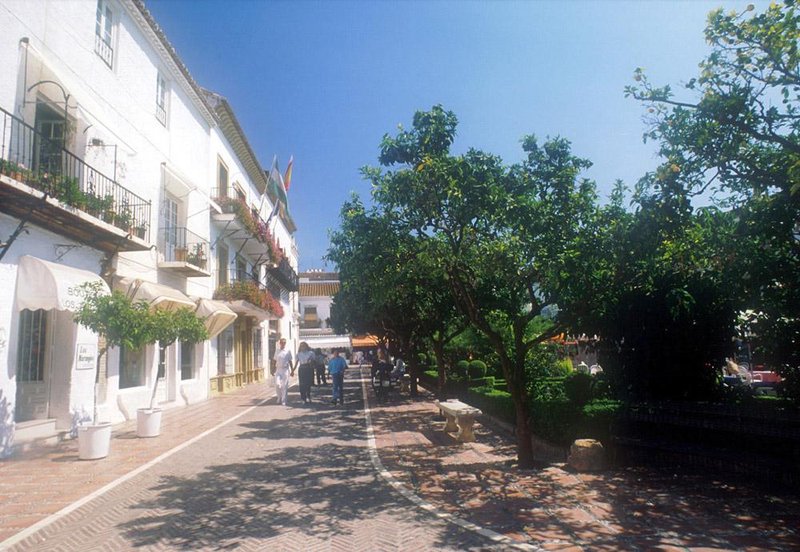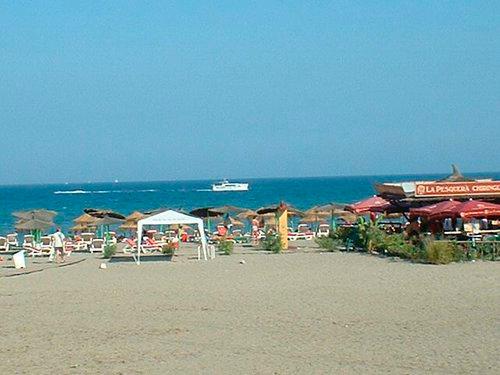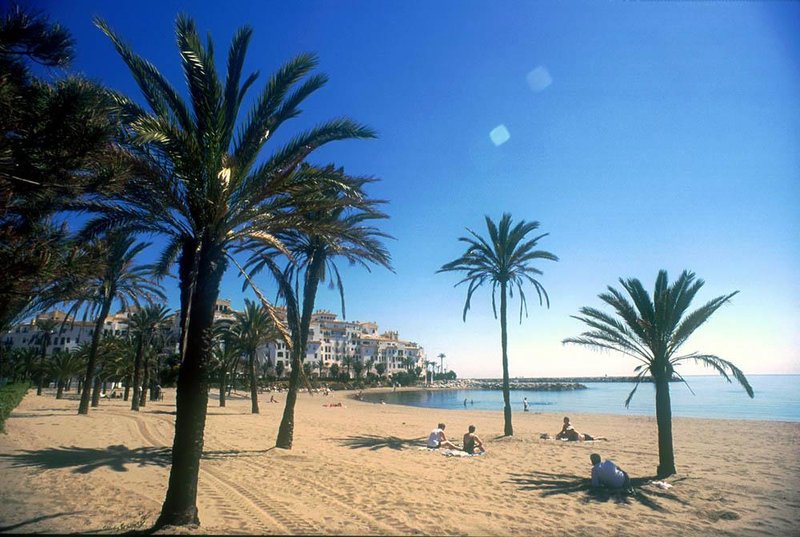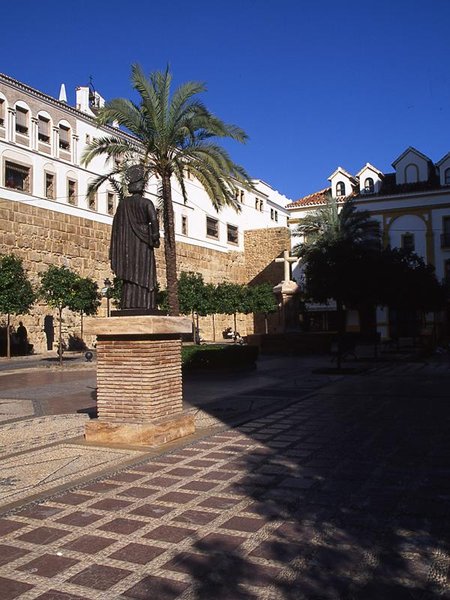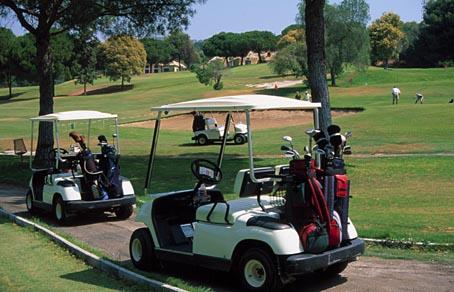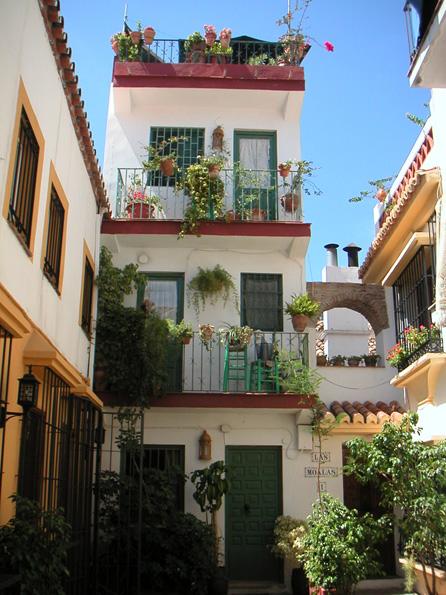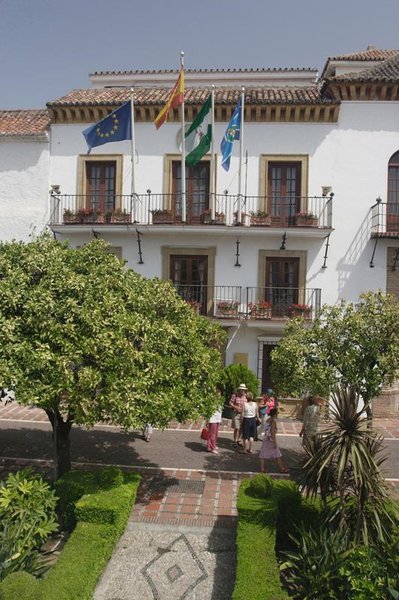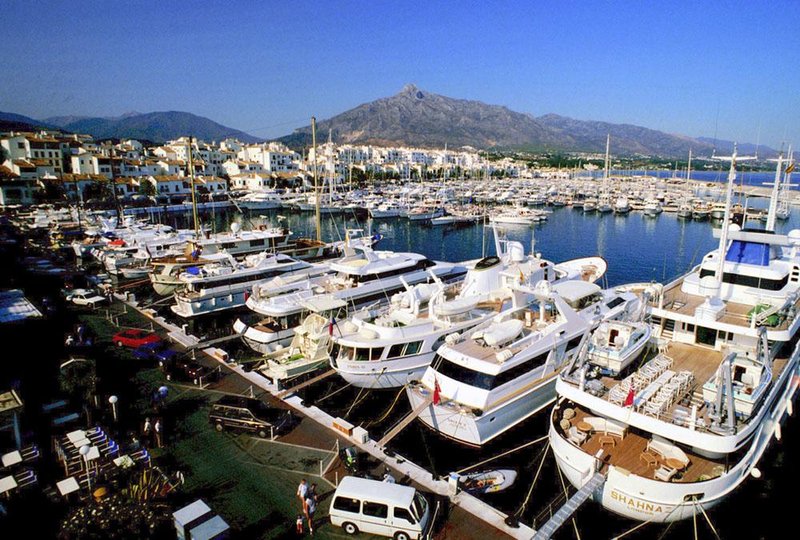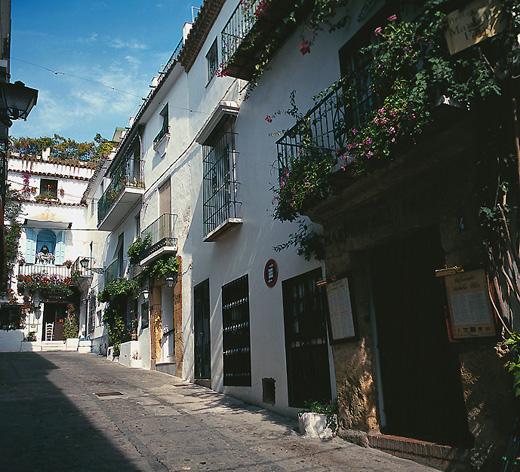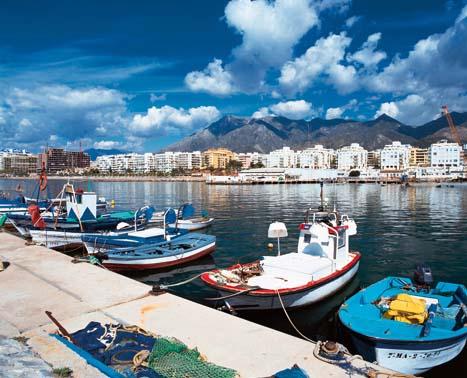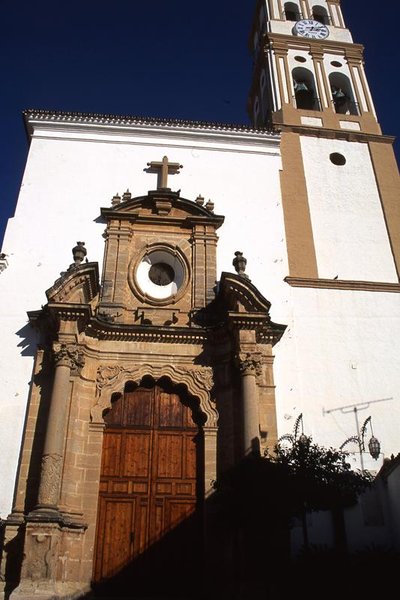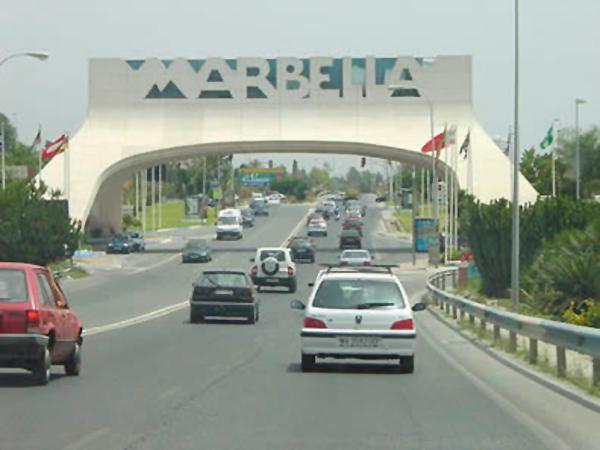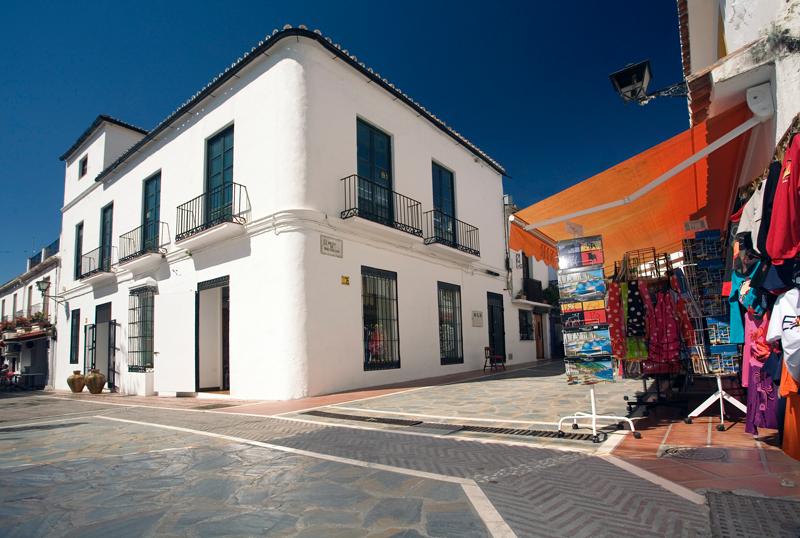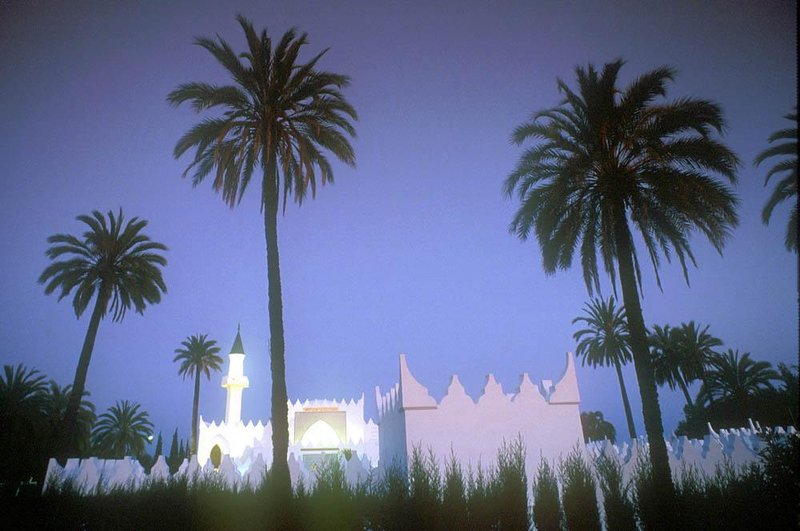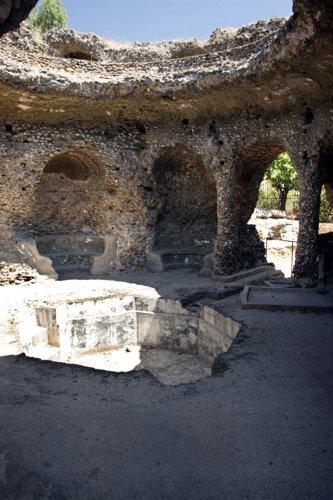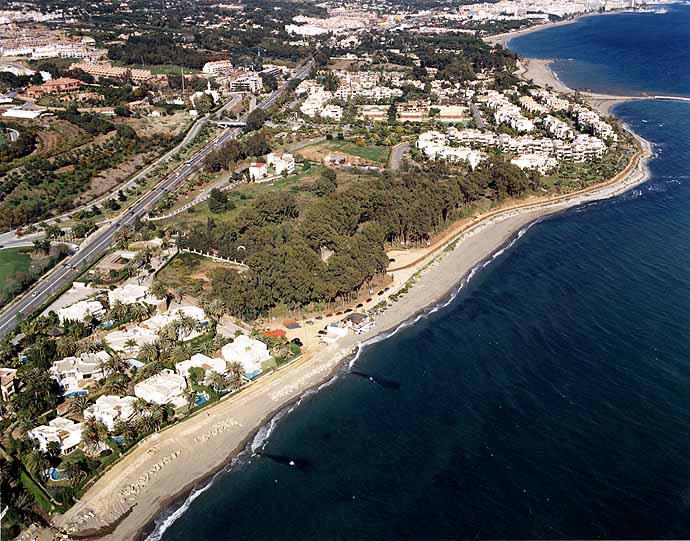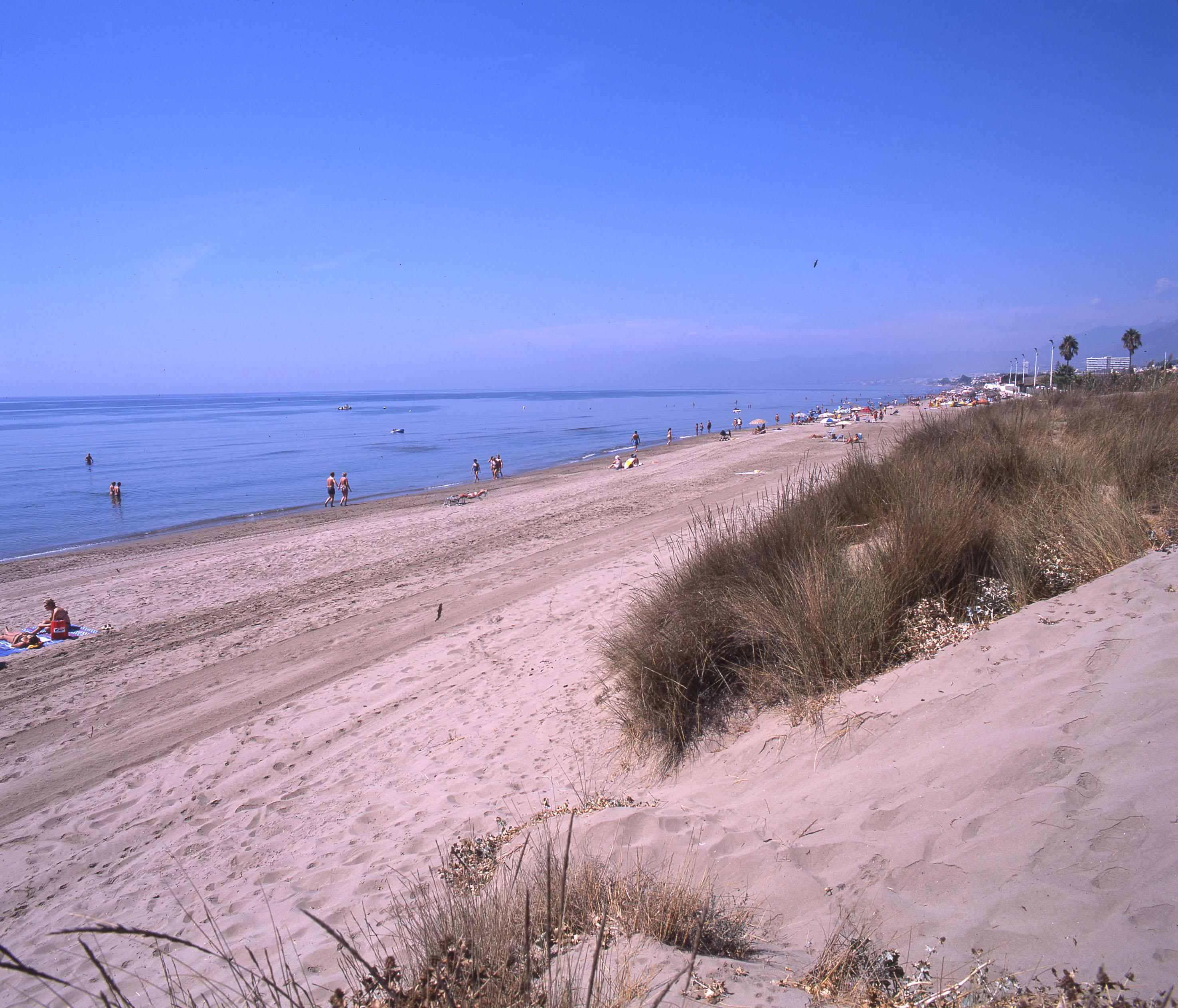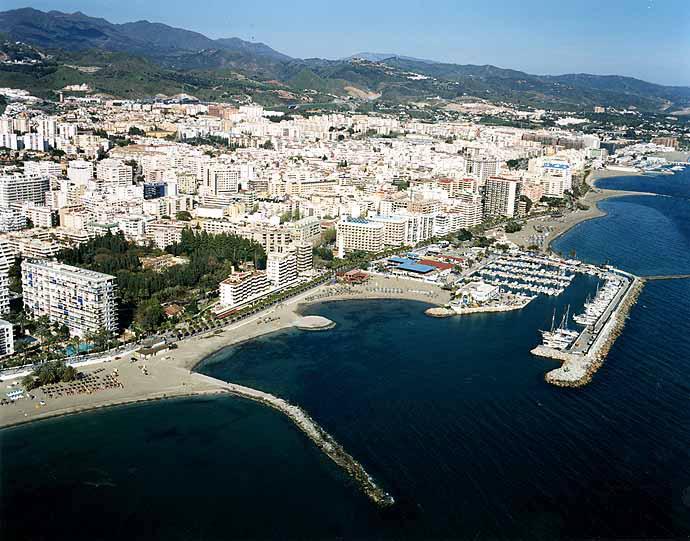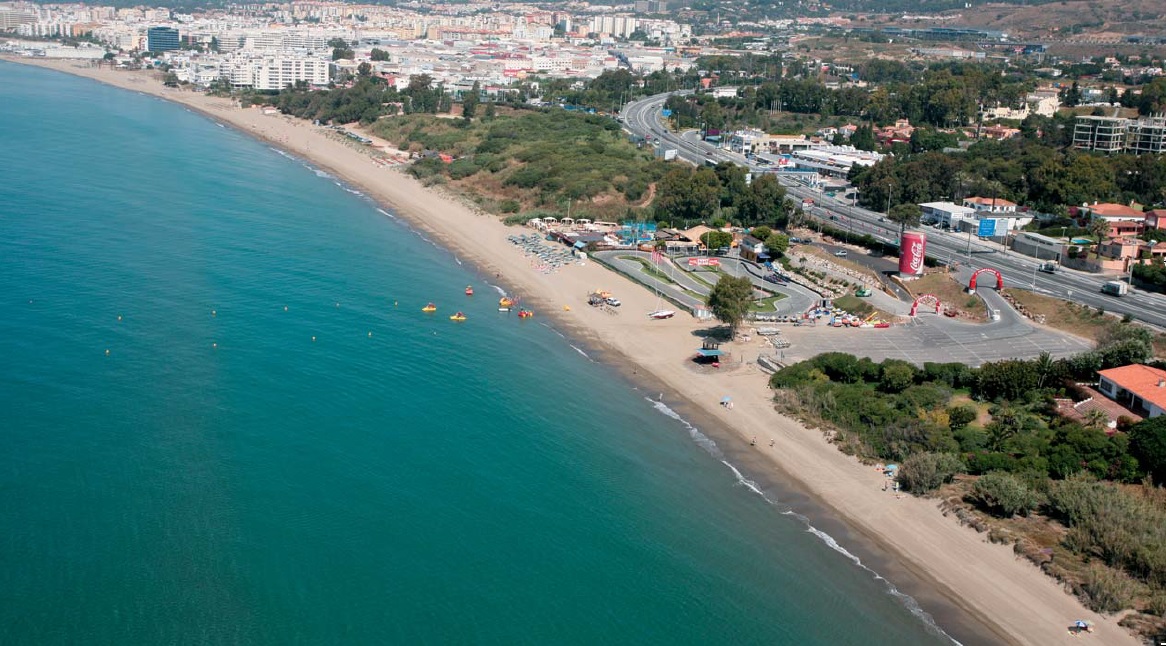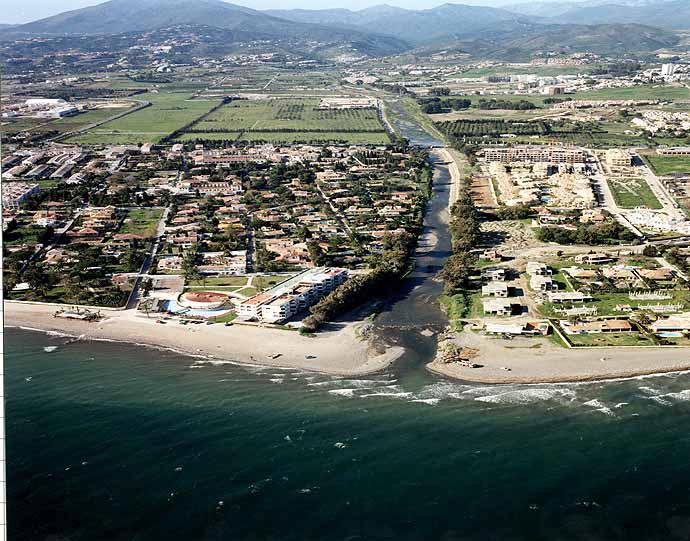Marbella

Considered unofficially as the capital of the western Costa del Sol, there is no doubting the fact that Marbella has all the qualities required to merit its position as one of Spain's premier tourist resorts.
Its privileged location, at the foot of the Sierra Blanca and on the coast, create an excellent climate and a landscape of immense beauty.
The town dates back to Roman times, a period from which abundant archaeological remains are to be found; two towers and the castle walls bear witness to the presence of the Arabs; and in the old centre of the town, Our Lady's Church, the Chief Magistrate's House and St. John's Hospital were all built after the Christian reconquest.
However, it is for its excellent sun and sand holiday facilities that Marbella is best known: magnificent spacious beaches, natural AREAs of great interest such as Cabopino Dunes or Las Chapas Pine Groves, pleasure harbours, golf courses, sports clubs and a wide variety of establishments to justify its reputation.
Seven kilometres from the centre of Marbella is the densely-populated San Pedro de Alcántara district, which lies within Marbella's municipal boundaries and appeared as a result of the building of a sugar refinery in 1860.
History
Prehistoric remains have been discovered from both the Palaeolithic period, at a location known as Coto de Correa in Las Chapas, and the Neolithic period, in Pecho Redondo cave in the foothills of the Sierra Blanca.The town"s origins may have been the 1st-century Roman settlement of Barbesula. Archaeological remains from this era are to be found at the mouth of the River Verde.
Near San Pedro de Alcantara, which is also part of the municipality, there are remains of the Roman colony of Cilniana -apparently destroyed by an earthquake in the 4th century-, one of the most interesting sites on the Malaga coast, which some historians equate with the city of Salduba mentioned by Pomponius Mela. Roman baths known as Las Bovedas can be found close to the beach.
Another important archaeological site in San Pedro de Alcantara is the Palaeo-Christian basilica at Vega del Mar, built in the 3rd century and later used as a necropolis by the Visigoths.
In the Andalusi-Arabic period, the town stood on the site of the present-day centre of Marbella and played an important role in local history. During the time of the Taifa kingdoms, the idrisies (city governors) were constantly in conflict with the Hammudies of Algeciras, until the arrival of the Benimerines (1274) who, after taking Marbella and Malaga, unified the AREA.
During Nazari times, Marbella was part of the kingdom of Granada, a situation which persisted until its conquest by the Catholic Monarchs in 1485. Relics of this period in the old centre of Marbella are remains of the castle walls and two defensive towers.
A new stimulus, which was to change forever the whole face of Marbella, San Pedro de Alcantara and the rest of the municipal AREA, as well as its inhabitants" economic activities and way of life, came in the second half of the 20th century, when the progressive development of tourism, which had begun in 1960s, transformed the town into one of the world"s leading holiday resorts.
Eminent citizens
Rafael Romero Calvet, painter.

- Max 14
- Min 13
- Max 57
- Min 55
- °C
- °F
What territory do you want to visit?
Events
